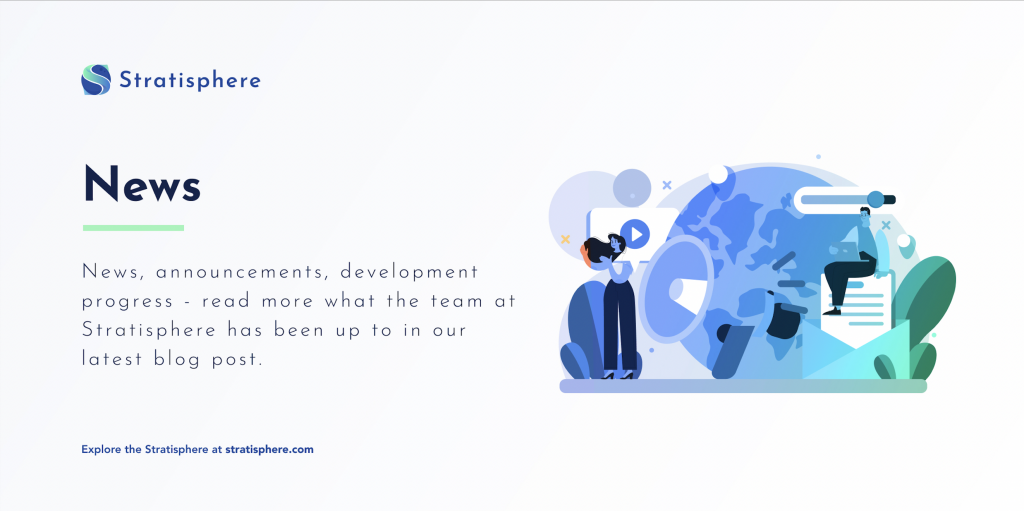While Twitter’s recent rebrand has certainly split opinions, there have already been financial repercussions. Co-founder Jack Dorsey’s first tweet — first sold for $2.9 million — is now worth less than $2000.
The new floor price of Dorsey’s “NF-Tweet” is emblematic of prices falling across the board. Even popular projects that many thought were less vulnerable to market turns have suffered. The Bored Ape Yacht Club hasn’t escaped, with some apes declining by up to 95% of their value.
For some critics, it seems like the NFT market is suffering and may not come back.
Amongst this chatter, and in the face of a prevailing bear market, there is a burgeoning NFT vertical. NFT games, like My Pet Hooligan and Axie Infinity, have seen a significant rise in users over the last year — partly fuelled by endorsement from traditional industry veterans, including Epic Games ( developer of Fortnite) and Google Store.
Generally speaking, NFT art and images are struggling to retain value, while NFT games and gaming accessories are becoming more popular. Consequently, they are more valuable.
It would be impossible to identify a sole reason for this trend, but the question raises a discussion about NFTs and the importance of utility. Over the last year, we have seen NFT concepts with some inherent utility weathering the NFT downturn. Games, music and tickets hosted on the blockchain have remained popular and even expanded, whereas NFT art has struggled.
Some might look at this trend and conclude that utility and function are becoming increasingly valuable to NFT buyers and users — rather than a speculative demand or value. With wash trading on the rise — when people trade an NFT back and forth intending to inflate its perceived value — we can see why people are turning towards a more tangible value based on a function rather than market speculations.
